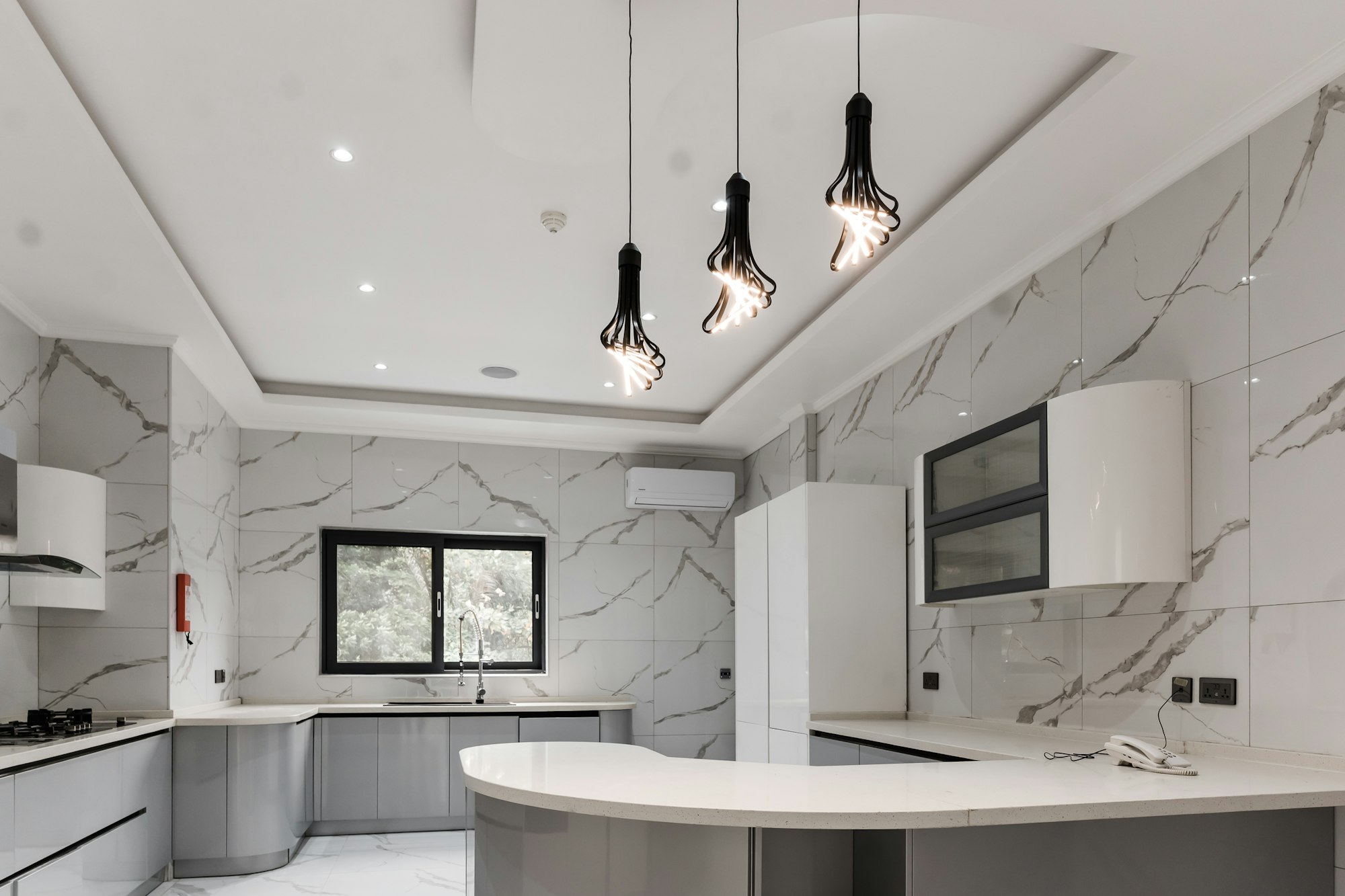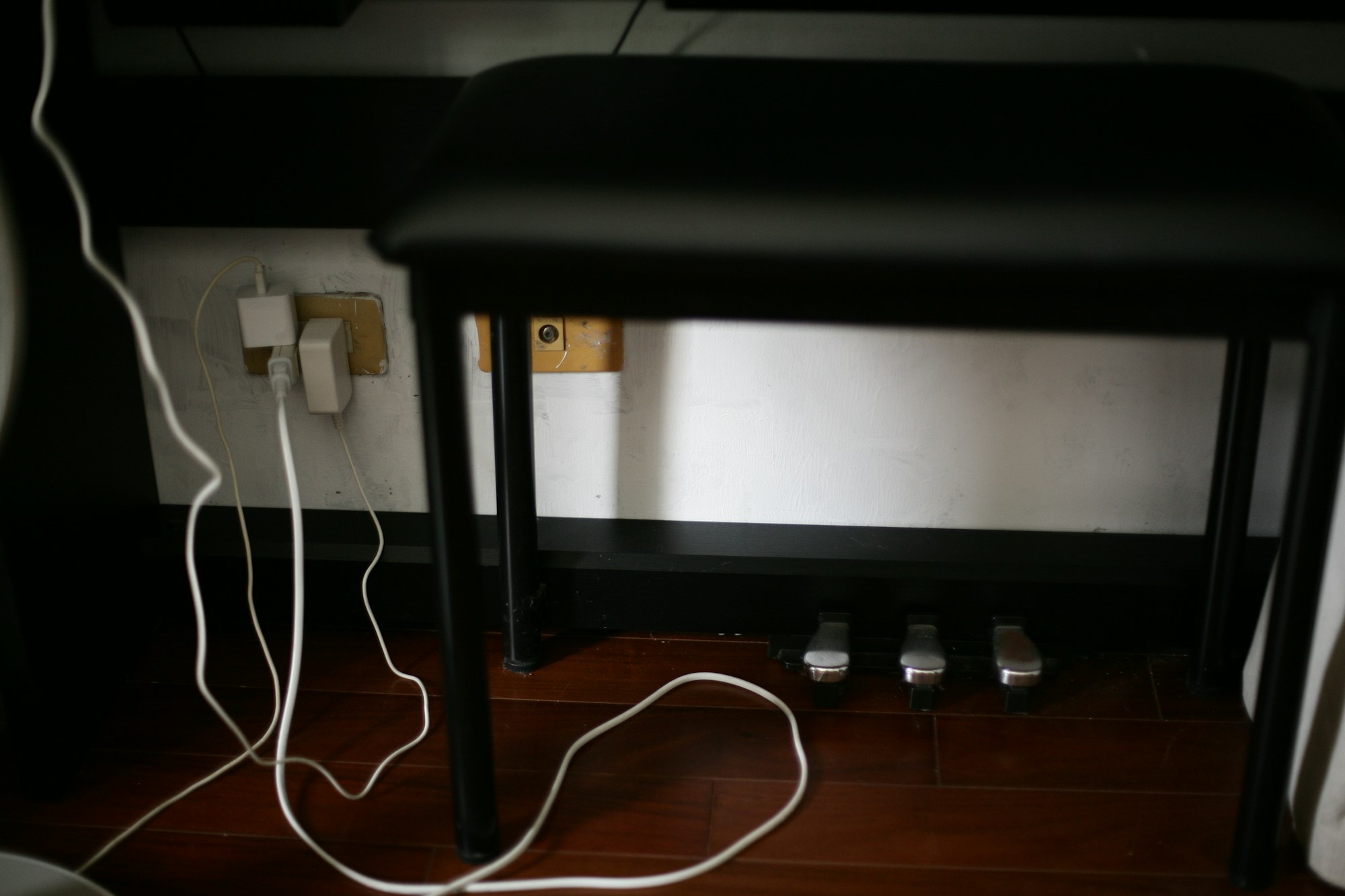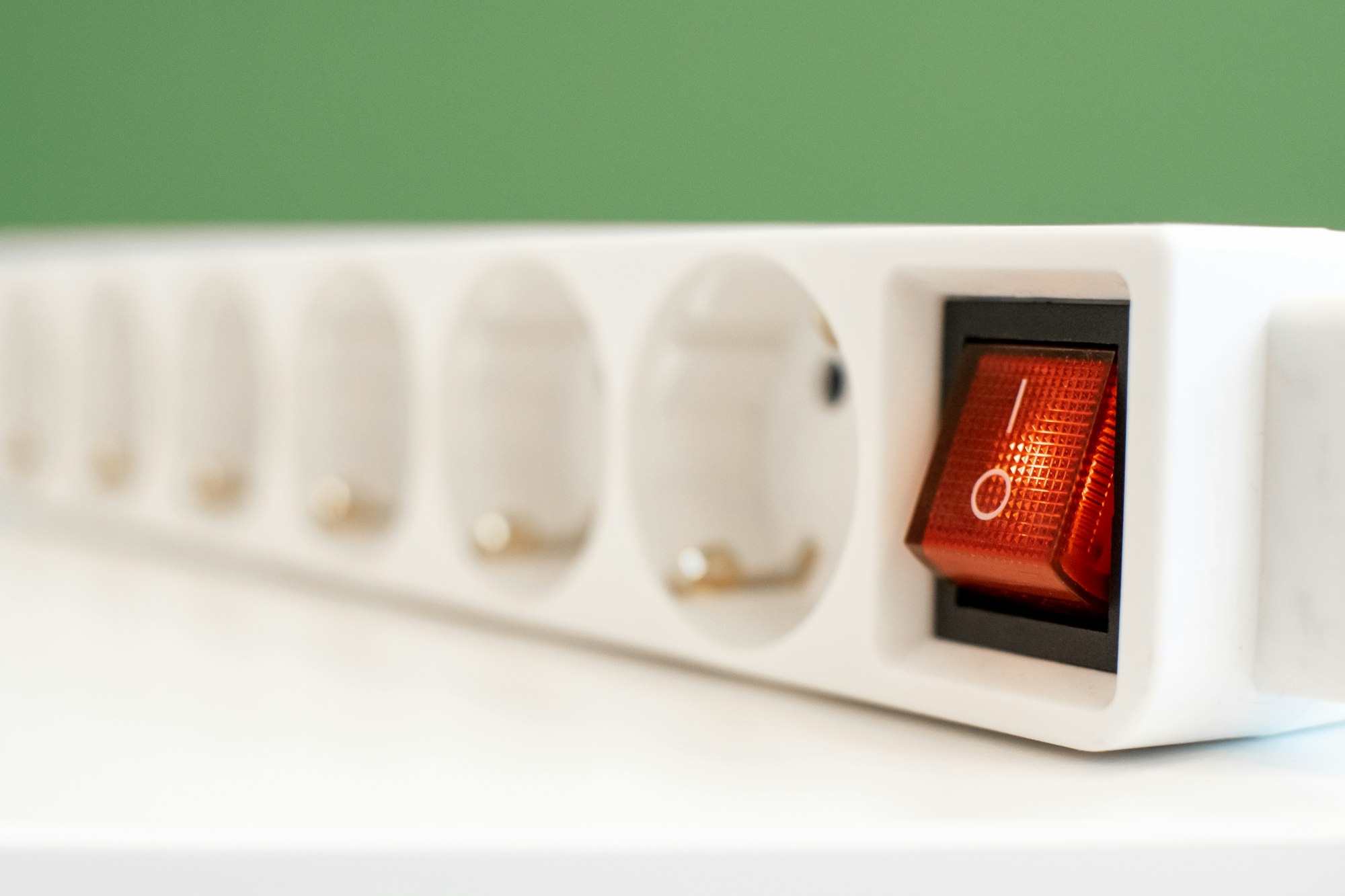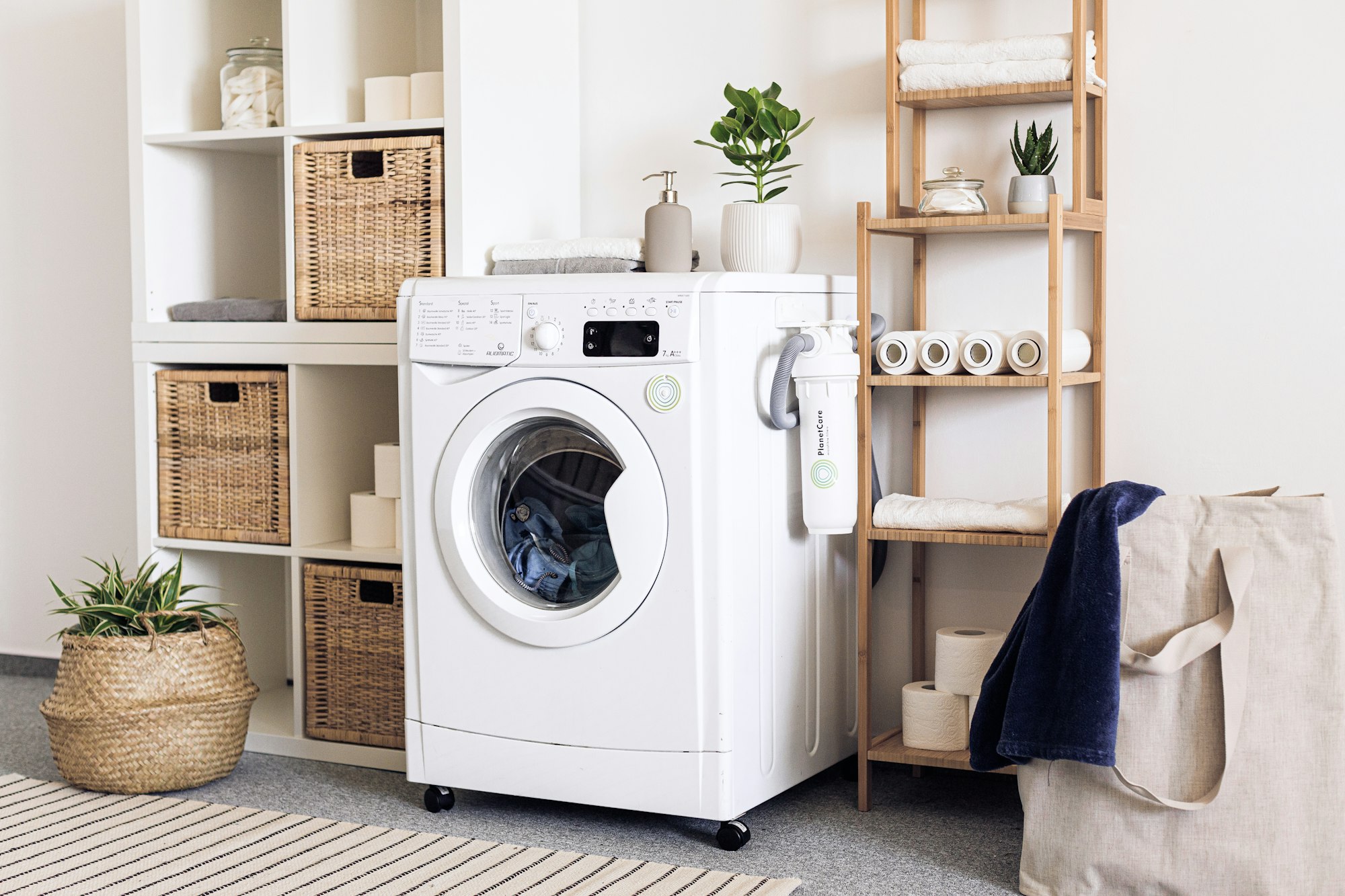Are you looking for smart and efficient ways to lower your electricity bill? With electricity rates constantly rising, you might need to do more than fixing air leaks or cleaning your air conditioner to lower your electricity bill. In this article, we’ll discuss energy saving tips that usually gets ignored but saves a lot of money. Keep reading!
Save Energy on Light
#1 Switch to LED
Light-emitting diode (LED) uses 75% less energy than incandescent and compact fluorescent (CFL) bulbs. If you are using incandescent lights or CFLs, notice that these bulbs heat up when in use. This happens because incandescent lights and CFLs need to warm up before they produce light. For instance, an incandescent bulb uses electricity to heat up its filament, and light is emitted only when the filament is hot enough.
However, LEDs do not need this warm up time. LEDs focus the electric energy solely on creating light, emitting very little heat in the process.

#2 Use Fewer but Brighter Light Bulbs
In lighting your household, select bulbs with greater lumen output instead of bigger wattage. Lumen measures your light’s brightness while watts (W) measures your energy consumption. When you pay for your electricity bill, you pay for the watts you used. But more watts (more electricity) do not mean brighter lights.
A 60 W incandescent light bulb makes 800 lumens, but a 60 W LED bulb makes 5600 lumens. See the difference? Obviously, using 7 incandescent bulbs to produce the brightness of one LED bulb wastes a lot of electricity.

Moreover, if you decide to switch to LEDs, make sure to not spend more on lumens than necessary. Check your LED brand’s luminous efficacy or how well the bulb converts electricity into light. Some brands have 110 lumens per watt efficacy, meaning a 30 W LED is enough to light up your living room.
Table 1. House area and mean lumen needed for optimal lighting
#3 Use Natural Light
One of the simplest and most effective ways to lower your electricity bill is to simply open your windows to let natural light in. During idle hours at home, turn off lamps or lights and allow sunlight to sufficiently illuminate your afternoon siesta.

Sunlight also improves mood and makes the skin healthier. If you are not comfortable opening your window panes because of the heat, consider using slightly transparent curtains to let rays of light in while keeping hot and humid air outside.
Save Energy on Appliances and Devices
#1 Avoid Standby Mode
Televisions and other appliances on standby consumes electricity. TVs use 1.3 W of electricity on standby. If your electricity provider charges around Php 9.00 per KW-hr and you leave your TV on standby for 24 hours, you can be charged an extra Php 9.00 monthly. That amount may seem insignificant but it snowballs when added to the costs of your other appliances on standby.

Unplugged chargers, game consoles, speakers, computers, radios, and other kitchen appliances all use electricity when on standby. Even phones that keep charging even though the battery is full consumes a lot of energy. Note that the cost you pay will be different for each appliance or device on standby.
#2 Use Smart Power Strips
Smart power strips help you avoid leaving appliances and devices on standby mode. They consist of power outlets and circuitry that controls the electricity consumption of any device or appliance pugged into the outlets. A smart power strip can detect if an appliance is working or on standby mode. When your TV is on standby, the smart power strip automatically stops power from flowing out of that particular outlet.

There are smart power strips that have motion sensors. When they detect movement in a room, these smart power strips lets power flow to all outlets. However, when they do not sense movements during a set time (anywhere between 3 to 30 minutes), these smart power strips stop electricity from flowing to most of the outlets. They only leave one or two outlets designated to keep working with or without movement.
#3 Wash Clothes in Big Batches
Wash your clothes in bulks to maximize your washing machine’s energy consumption. Washing machines consume an average of P4.20 per one hour wash, regardless of the weight of the clothes inside. If you wash clothes in small batches, say 4 kg every two days, you spend P12.6 per week. But if you wash in big batches, you can fit 12 kg in 2 loads, paying only P8.40 a week.

Save Energy in the Kitchen
#1 Use a Pressure Cooker
Using pressure cookers is fast and energy efficient. On average, a 3-liter pressure cooker uses less watts than an induction stove when boiling or cooking raw meat. Moreover, a pressure cooker speeds up time to tenderize meat.

#2 Lower the Refrigerator Temperature
The optimum refrigerator temperature is at 3℃. You can keep food fresh and chilled at this temperature while also keeping energy consumption at a minimum. Lower the temperature only when necessary to store food that easily spoils.

Moreover, make sure that your refrigerator is not under direct sunlight or too close to a heat source. There should also be enough space between the wall and the back of your refrigerator to prevent overheating. In this way, your refrigerator will not need to work twice as hard and you will not need to pay more on electricity.
#3 Defrost the Freezer Regularly
Defrost or unplug your freezer at least once a month to avoid ice from accumulating on the inside surfaces of the freezer. When ice accumulates in excess, the freezer uses more energy to keep everything frozen. Hence, it consumes more electricity.

